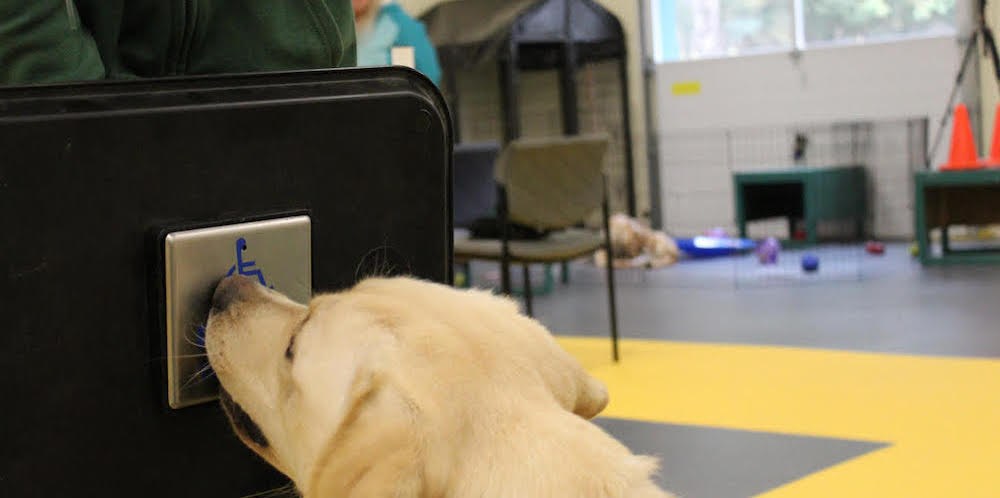Emotional support animals (ESAs) and trained service dogs are both helpful in assisting people with disabilities. How do they differ? Which one is right for you?
Service dogs and ESAs can completely change the life of a child with autism, a person with an extreme anxiety disorder or a veteran with Post Trauma Stress Disorder (PTSD). They can be the difference between having a meltdown or being able to handle stressful situations; between enjoying independence or living a limited life.
In a country where it’s estimated that more than 20 percent of the population struggles with mental illness, it’s important to understand the value ESAs and service dogs provide. Mental health professionals use the human-animal bond as a component of treatment for these individuals with diagnosed mental illness and psychiatric disorders.
There is very clear research showing that simply the presence of an animal helps reduce daily anxiety, keeps physiological arousal regulated and serves to improve mood. Studies have demonstrated that interacting with a dog, even just looking into its eyes or petting it, can increase beta-endorphins, oxytocin and dopamine—neurochemicals associated with positive feelings and bonding, much like the effects of antidepressants.
Is it a Service Dog or an Emotional Support Animal?
It can sometimes be difficult to distinguish between a service dog and an ESA, especially in relation to assistance with psychological disabilities. The key difference is determining whether or not the animal has a specific task or function related to the handler’s disability. In cases of anxiety attacks, for instance, if the dog has been trained to sense when an anxiety attack is about to start and takes active measures to help avoid or lessen the attack, it is a service dog. If the dog’s presence simply provides comfort to calm a person having an anxiety episode, such as flying on an airplane, it is an ESA.
Looking at the animal’s skill level is another way to distinguish between a service dog and an ESA. For instance, there are certification programs that train guide dogs and hearing dogs to become accustomed to novel stimuli, maneuver through the public, ensure their handler’s safety and alert their handler of any potential dangers. But service dogs can also be trained by their handlers and aren’t required to be certified through a specific program.

Different Treatment Under the Law
There are also legal differences between service dogs and ESAs. Both service animals and ESAs are considered assistance animals as they accompany their handler and assist him or her; however, because of their different legal statuses, the rights of access for ESAs are not as broad as service animals.
Under the ADA, state and local governments, businesses, and nonprofit organizations that serve the public generally must allow service dogs to accompany people with disabilities everywhere the public is normally allowed to go.
ESAs, in contrast, are only legally required to be allowed to accompany their handler on airplanes under the Air Carrier Access Act and be permitted as reasonable accommodations for persons with disabilities under the Fair Housing Act. Both situations require any additional fees that would be charged for accompanying companion animals or pet deposits and fees.
Owners of both service animals and ESAs are subject to charges related to any damages the animal may have caused. This last point is much more important for emotional support dogs, which may not have received any training. Service dogs, in contrast, are almost uniformly extremely well behaved, almost by definition.
Help Service Dogs Change Lives
If you are considering the impact having a canine companion could have on your life, we would encourage you to consider the training and capabilities a trained Service Dog provides. Learn more about our programs for service dogs for the disabled, service dogs for veterans, and service dogs for children with Autism.
Additionally, providing support to raise and train assistance dogs can change the life of a person living with a disability. It can mean the difference between a life of dependency, living in isolation and being independent and self-sufficient. Your financial contribution or commitment as a volunteer can create miracles!

